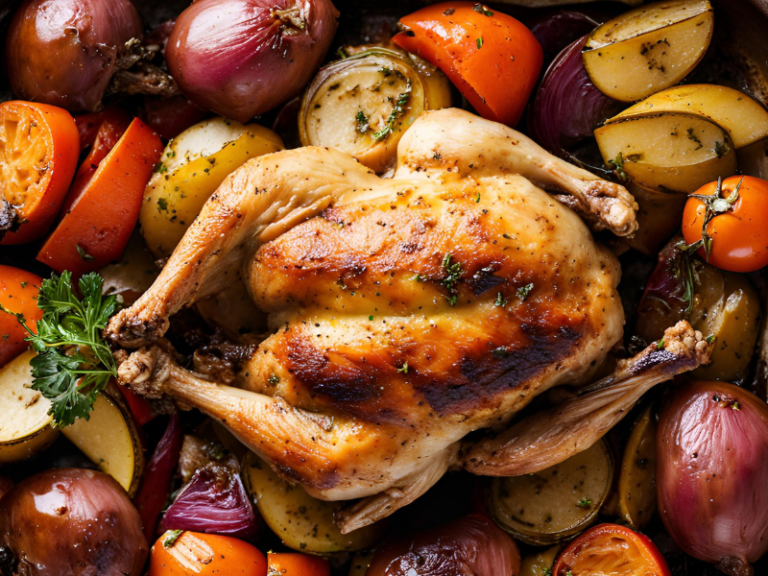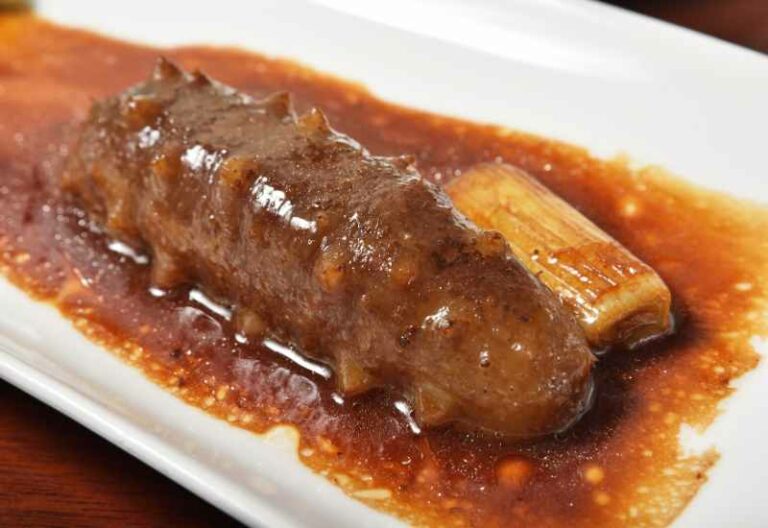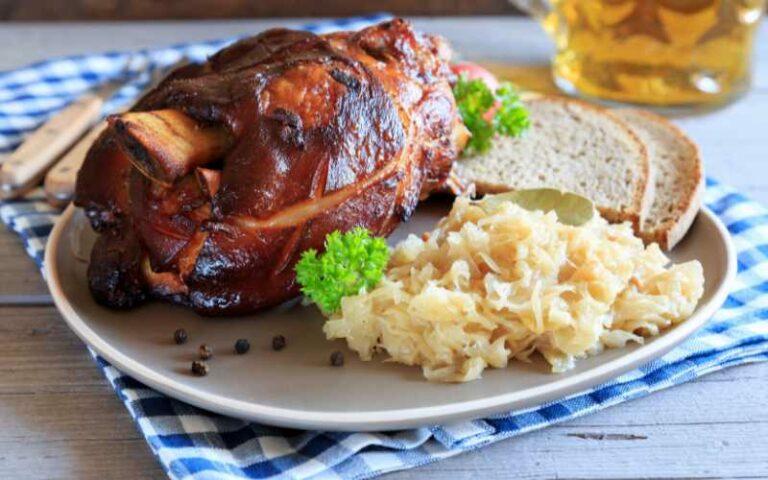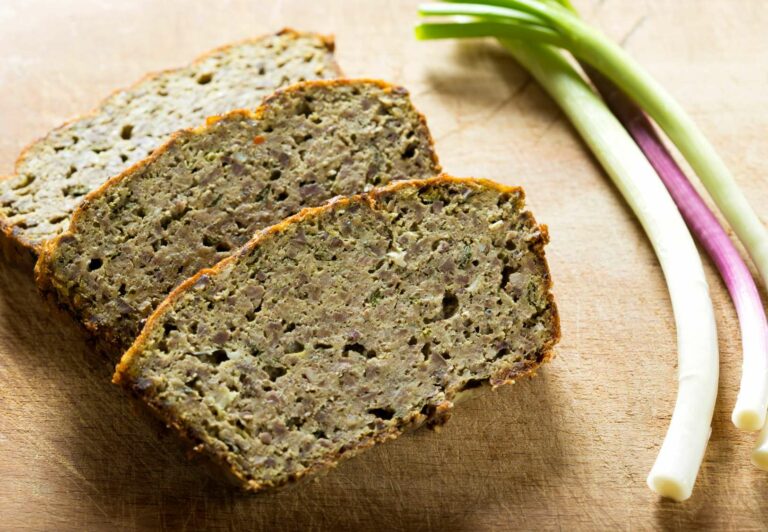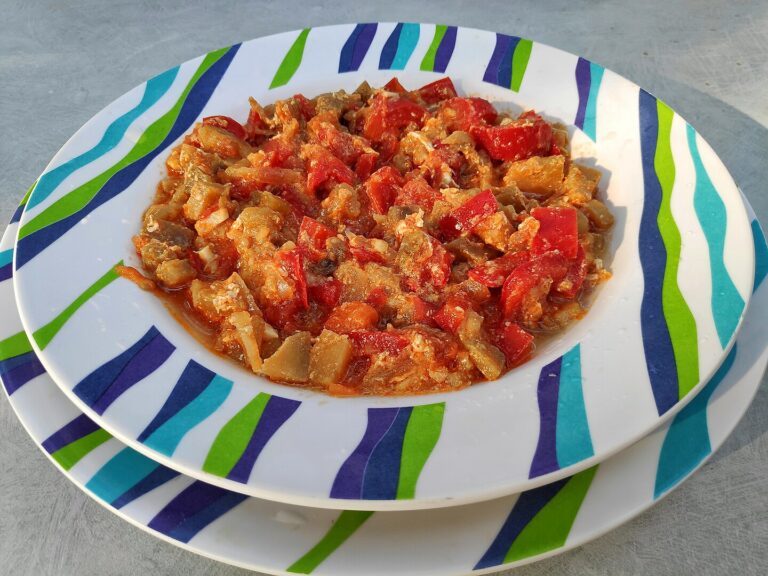Czech Párek v Rohlíku Recipe
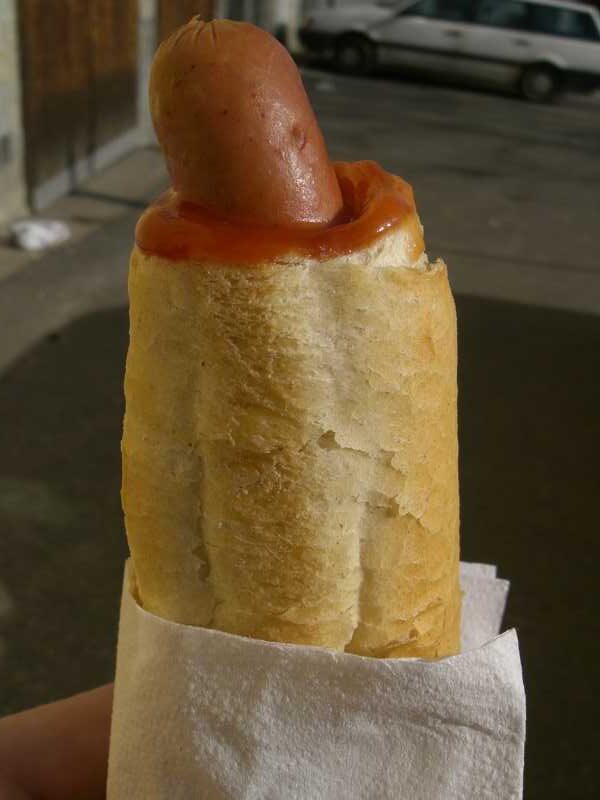
Párek v rohlíku is a Czech style hotdog which consists of a white bread roll, which is hollowed out and filled with a meat sausage and condiments. It is enjoyed as a snack.
Párek v rohlíku translates to hot dog in a roll. Czech hot dogs are one of the larger hot dog variations enjoyed around the world. It’s twice the size of a typical American hot dog. The bread is fluffy and the sausage, which sticks out longer than the length of the bread, gives the hot dog its signature look.
The bread or rohliku is a traditional Czech roll, which is soft and buttery. The parek, which means hot dog is usually made from a combination of beef and pork and is cooked by boiling. Parek can be regular or spicy.
The hot dog is served simply with ketchup and sometimes mustard. Around Prague, the capital of Czech Republic, vendors are experimenting with additional toppings like onions.
Origin and Significance
While sausages have been a part of Czech cuisines for decades, the hot dog emerged in the 20th century. Inspired by the American hot dog, the Czech hot dogs distinctive hollowed out roll was a way to make hotdogs more eater friendly without risking the meat and condiment slipping out and to avoid the mess for those eating on the move.
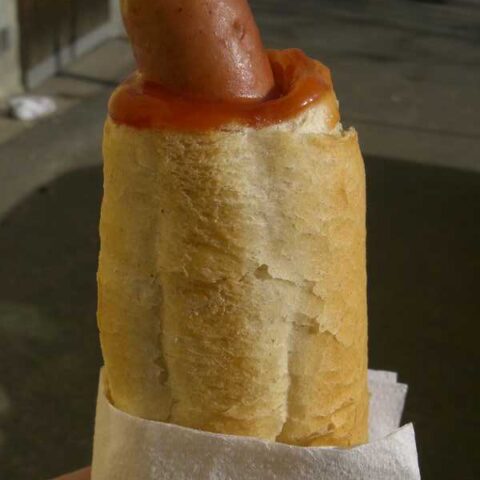
Czech Párek v rohlíku Recipe
Párek v rohlíku is a Czech style hotdog which consists of a white bread roll, which is hollowed out and filled with a meat sausage and condiments.
Ingredients
- Bread flour - 4 cups
- Active dry yeast - 1 Tbsp
- Sugar - 1 Tbsp
- Salt - 2 tsp
- Lukewarm water - 1 ¾ cups
- Cooking oil - ¼ cup
Eggwash
- Egg - 1
- Milk - ¼ cup
- Czech pork sausages - 1 package
Instructions
- Place the bread flour, active dry yeast, sugar and salt into a kitchen mixer.
- Stir with a whisk attachment, just enough to combine all ingredients (about 30 seconds).
- Add the lukewarm water and oil.
- Using the hook attachment, knead on low speed until all ingredients are partially incorporated (about 1-2 minutes).
- Increase the speed to medium-high and knead until all ingredients are fully
combined and the dough is formed (about 3-4 minutes). - Remove the bowl from the kitchen mixer and cover it with plastic wrap or plate.
- Let it rise in a warm place until it has tripled in size (about 1 to 2 1/2 hours).
- Pre-shape the dough into compact balls by placing the dough on a surface without flour and separate it into 12 even pieces, about 3.2 OZ each, using a bowl scraper and scale. (Optionally, form each piece of dough into compact dough balls with your hands.)
- Cover the balls with a damp dish towel and let them rest for about 10 minutes,
- Using a rolling pin, flatten each piece of dough into a long
shape (approximately 3-4 inches by 5-8 inches). Then, using your hands, roll
the dough on the long end into a log shape. - Roll the log with both hands on a work surface, stretching outwards so that the log becomes longer but smaller, to a final thickness of about 3/4 of an inch.
- Place on a baking sheet and repeat with the remaining dough balls.
- Prepare the egg wash by briefly whisking the egg and milk in a bowl.
- Brush all the rolls (reserve the rest for the second brushing).
- Proof the rolls in a warm place until they double in size (usually 20 minutes to 1 hour). Do not overproof.
- Set the oven to preheat at 420°F.
- Brush the rolls with the egg wash for a second time.
- Bake for 12-15 minutes or until a light golden color forms.
- Boil the sausages and let them cool slightly
- Slices the top inch off the roll.
- Hollow the roll by inserting a knife into the top of the roll where the tip was sliced off and cut a hole out of the middle by rotating the knife and bread.
- Spoon in a small amount of condiments then slide the boiled sausage in. Serve.
Nutrition Information:
Yield: 12 Serving Size: 1Amount Per Serving: Calories: 234Total Fat: 7gSaturated Fat: 1gTrans Fat: 0gUnsaturated Fat: 6gCholesterol: 19mgSodium: 430mgCarbohydrates: 35gFiber: 1gSugar: 2gProtein: 7g
Nutrition is provided and calculated by Nutritionix. It is for general information purposes and is only a rough estimation.
Photo Credit: Chmee2

